First of all, we still have to apologize to people who have seen my series 1...
I originally thought that the article was released in the future can be reinvented and then edited, and you can add content at any time ... results, etc. I later want to modify the content when found to modify, can only be added ... and additional content can not upload pictures , increase the connection yo ... is completely depressed, huh, huh...
Secondly, the Chinese New Year has been too tired ... In fact, during the Chinese New Year has been assembled, but only until now to write articles II, ha ha ...
In the end, I forgot to take a photo when I was installed... So I didn't have the photo installed. I'm sorry...
Installation plan configuration CPU: Pentium G4400 motherboard: ASUS H110M-A/M.2 memory: Shiyan DDR4 2133 8GB
Hard Disk: SanDisk SanDisk 32G
SEAGATE Barracuda Series 2TB 7200 to 64M SATA3
Power: HuntKey Cool King Diamond Edition 2.31 Computer Power Desktop Desktop Power Supply Wide 300W
Chassis: Tt Chassis V21
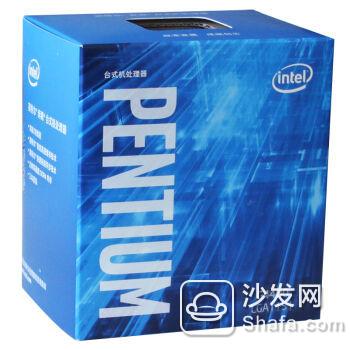 Intel Pentium dual-core G4400 1151 interface boxed CPU processor Pentium G4400 Pentium G4400 as the lowest-end architecture of the skylake architecture, itself still has many remarkable points. The first is the cheap, less than 400 will be able to start with a new boxed genuine, if you start with scattered films, then you can press the price to 300 or so. And skylake this generation can also be overclocked with non-K-based CPUs, and the low-end Pentium/Celeron's value is highlighted. Through the three or four hundred or even two hundred and three hundred pieces of CPU Jingdong direct links to encyclopedia
Intel Pentium dual-core G4400 1151 interface boxed CPU processor Pentium G4400 Pentium G4400 as the lowest-end architecture of the skylake architecture, itself still has many remarkable points. The first is the cheap, less than 400 will be able to start with a new boxed genuine, if you start with scattered films, then you can press the price to 300 or so. And skylake this generation can also be overclocked with non-K-based CPUs, and the low-end Pentium/Celeron's value is highlighted. Through the three or four hundred or even two hundred and three hundred pieces of CPU Jingdong direct links to encyclopedia
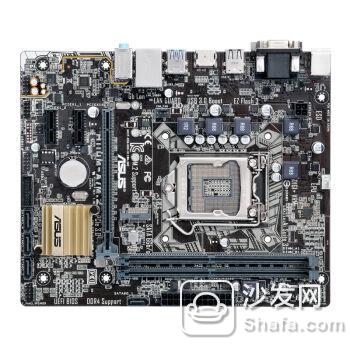 ASUS H110M-A M.2 motherboard (Intel H110/LGA 1151) 619 yuan Jingdong direct link
ASUS H110M-A M.2 motherboard (Intel H110/LGA 1151) 619 yuan Jingdong direct link
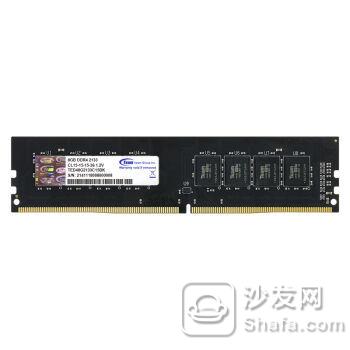 Team DDR4 2133 8GB Desktop Memory 359 yuan Jingdong direct link
Team DDR4 2133 8GB Desktop Memory 359 yuan Jingdong direct link
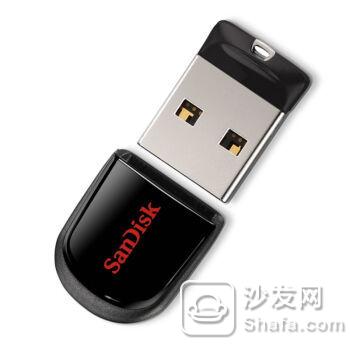 SanDisk Cool Beans (CZ33) 32G U disk 69.9 yuan Jingdong direct link
SanDisk Cool Beans (CZ33) 32G U disk 69.9 yuan Jingdong direct link
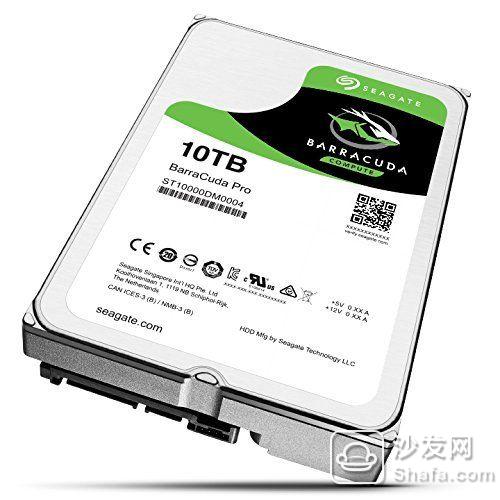 SEAGATE Barracuda Series 2TB 7200 RPM 64M SATA3 Desktop Hard Disk (ST2000DM006) 449 yuan Seagate 2016 consumer hard disk series is called the Guardian Guardian Series. This product positioning is clearly referenced by WD Western Digital's product classification method. , And also have their own mascot, green Barracuda and Firecuda positioning the mainstream market, Barracuda is a regular HDD mechanical hard drive, Firecuda is an SSHD hybrid hard drive, red "Iron Wolf" Ir Jingdong direct link to Wikipedia
SEAGATE Barracuda Series 2TB 7200 RPM 64M SATA3 Desktop Hard Disk (ST2000DM006) 449 yuan Seagate 2016 consumer hard disk series is called the Guardian Guardian Series. This product positioning is clearly referenced by WD Western Digital's product classification method. , And also have their own mascot, green Barracuda and Firecuda positioning the mainstream market, Barracuda is a regular HDD mechanical hard drive, Firecuda is an SSHD hybrid hard drive, red "Iron Wolf" Ir Jingdong direct link to Wikipedia
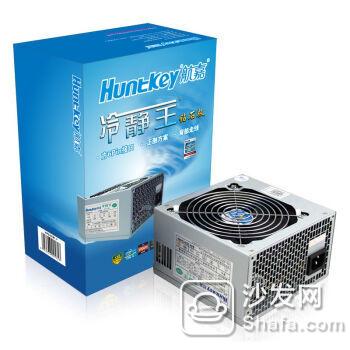 Huntkey Rated 300W Cool King Diamond Edition 2.31 Power Supply (Wide Voltage/Mute Design/Back Trace) 179 Yuan Jingdong Direct Link
Huntkey Rated 300W Cool King Diamond Edition 2.31 Power Supply (Wide Voltage/Mute Design/Back Trace) 179 Yuan Jingdong Direct Link
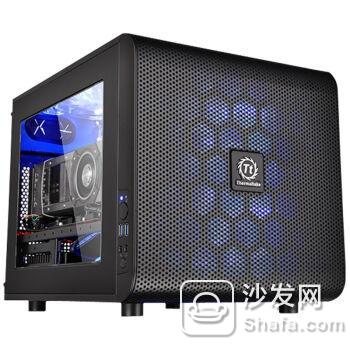 Tt (Thermaltake) Core V21 black horizontal chassis (Matx chassis / layered cooling / side through panel / support for long graphics / dual U3 / water-cooled game chassis) 299 yuan Jingdong direct link
Tt (Thermaltake) Core V21 black horizontal chassis (Matx chassis / layered cooling / side through panel / support for long graphics / dual U3 / water-cooled game chassis) 299 yuan Jingdong direct link Although many big gods recommend using ATOM or Celeron... Choosing a low-power, fanless system...
But I still chose the one that I saw in the first chapter...
First of all, my system requirements for NAS are not very accurate... In my opinion, Celeron has been very low-end... Atom's fanless is tempting, but if the performance is not enough, everything is empty talk... And I'm still ready to use VBox to get one or two virtual machines to play with, do experiments, performance is too bad to meet my needs...
Secondly, my demand is not to turn on the computer in 24 hours. This is what I said in the first chapter. At home, I personally drummed these things. When I went to work, no one got it, and I put power on. .. only when the holidays and nearby holidays need to hang BT and the like I need to start, and I can start the remote WOL ... so the power consumption and fever problems, I do not care too much ... belongs to me is secondary Consider the object...
Moreover, my company's compilers and testers are Computer City's casually bought computers. After 24 hours of booting for more than a year, I haven't seen anything yet... I don't think it's necessary to overheat for things like fever. ...
Of course, the reason why I choose this is also related to my original needs...
A lot of people's needs are ... boot, configuration, and then thrown in the corner ... Since then he has been invisible, and then do not control ...
And my demand is that when the holidays close to the needs of the next boot, usually not open does not matter ... even if I can be outside the remote WOL ... I am not afraid of boot trouble ...
The selection of the motherboard does not cost any twists and turns... H110 I think it's enough, there is no need to use B150 ... and Asus this motherboard also put H110 original M2 interface also added ... although I do not know now I use... but multiple interfaces always feel a little more...
Memory randomly selected an 8G sliver, the election is mainly cheaper ... but now a little regret, should choose the memory with ECC ...
U disk deliberately selected a small U disk ... used to install the NAS system ... inserted behind the chassis butt, small enough, not conspicuous ...
Hard disk, casually in the Western Digital, Seagate pick one... no deliberately selected red or blue disk, black disk... The main reason is that since my chassis is not 24 hours a full year boot, the hard disk should not So bad...
And no matter whether it is a ruined disc, it cannot guarantee that it will not be bad, but it will only have a different chance of being bad...the really important data will always be redundantly backed up...
My important data is the mobile hard disk, Baidu cloud and NAS three backup ... really just in case, can still be restored ... As for the next movie, no, it's gone, and always Then down, just delay the download time...
If the power supply, I feel it is still more important... The power supply problem should not be underestimated. At that time, we looked at HuntKey, the Great Wall, etc.... Abandoned GoldenField, first horse, etc. We all said that the second-tier manufacturers... HuntKey...
On the power selection, I calculated a bit... The big head of electric power I think is mainly on the CPU and the video card... I don't have a big head on my video card now...
Then I follow the idea of ​​a complete body in the future... Four 3.5-inch hard drives... Two 8G memory sticks... Two or three USB ports... Two or three different chassis fans... Calculate Also between 130W and 250W...
So I don't think it's necessary to engage in a power supply that is too high in power and it can't be used at all... Choose a good one...
The chassis is quite regretful now...
Because there are almost ten years without any distribution... In the past, all the machines were all big boards. Now we have a small board. There is no concept of how small the board is.
Always feel that the chassis is too small to be afraid of space... I am afraid that the hard disk will not fit on the next four drives. Plus I have to buy accessories that are not low-power accessories. I am afraid that the chassis space is small and the heat dissipation becomes a problem.. .
So I chose something that I thought was a bit bigger...I was shocked when I received the case. It was also a bit bigger...The result was that the board was completely loaded, and it was empty... haha...
T21 natively supports three 3.5 hard drives... From the current point of view, the space is so empty... It's not hard to find a few places where DIY places several hard drives...
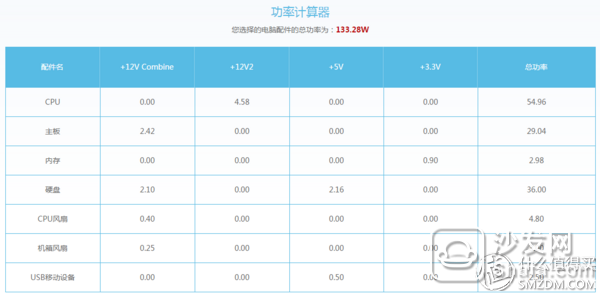
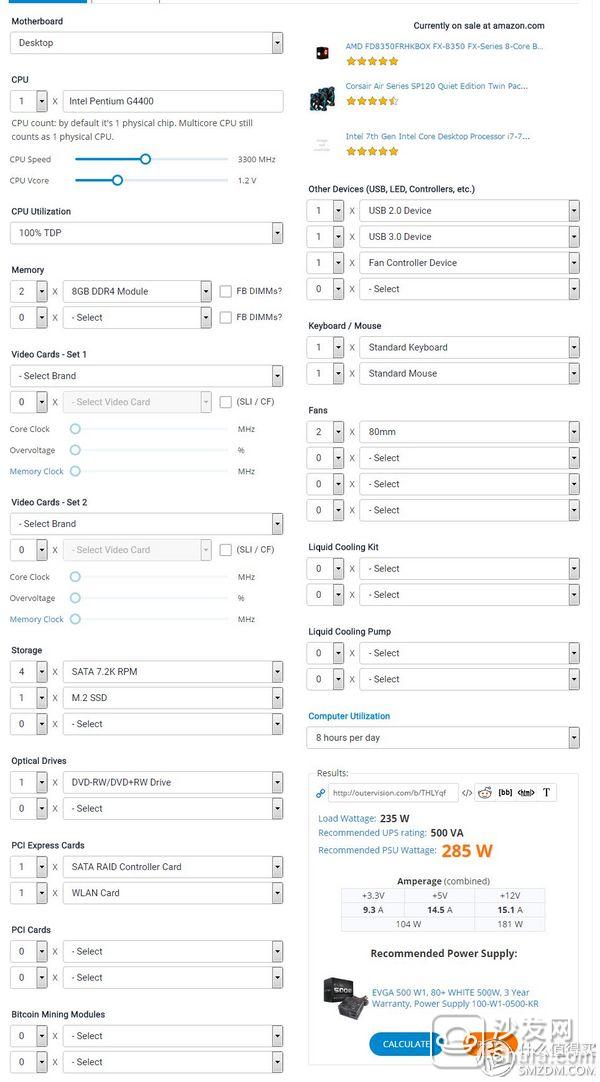
At the beginning, I was ready to install FreeNAS
But when I tangled the hardware, I accidentally saw some news... Mainly freenas main push is ZFS this disk format ... See ZFS is really very hanging ... but must be used with ECC memory to use, Otherwise, the consequences are difficult to predict...
The main reason for the abandonment is also because some people have read the doubt that if the ZFS memory error occurs, it may cause the entire storage pool data to be corrupted... I think this is also scary...
I don’t know much about the specific technical details... I’m not going to start with some links for everyone to look at...
Will ZFS and non-ECC RAM kill your data?
Please Use ZFS With ECC Memory
Why I Chose Non-ECC RAM for my FreeNAS
Then OMV came into my eyes...
installation OMV currently has a stable version 2.1 and a 3.0 version currently under development...
Version 2.1 was released in 2015... 3.0 is still active in continuous updates...
At the beginning I installed version 2.1... Later I discovered that my hardware may be too new... After installation, the network card won't get IP... Because I'm not familiar with Linux... I don't know how to update the driver...
Later, I immediately changed the 3.0.58... The driver was normal...
If you install it, if you follow the original installation method, you need to do a USB boot disk first, and then install it to another U disk, which is also troublesome, so I used a virtual machine to install ... virtual machine I use Is VirtualBox...
Create a virtual system first... Because OMV is based on debian, so remember to choose the Linux 64-bit debian system...
Disk, because we are installed to the U disk, so choose not to create a disk ...

After the creation is complete, start the virtual machine... Virtual Disk Select our next good OMV ISO image...
After installing the interface, do not panic to install... First plug the U disk into the host computer, and then mount the USB device to the virtual machine in the menu... (How to determine your own USB device name, please do it yourself Even Meng Gu guess should be able to guess ... it is not, you pull out and then plug in, the more that is your U disk)

Then you can proceed with the normal installation process... The whole process of the evening many I will not one by one screenshot, unfamiliar friends can search the Internet ... I only talk a few key points ...
When the installation proceeds to this step, it is to set up the ROOT account... Please remember to keep your password in mind...
Then set here is the password of the linux system, has nothing to do with the web management platform password...
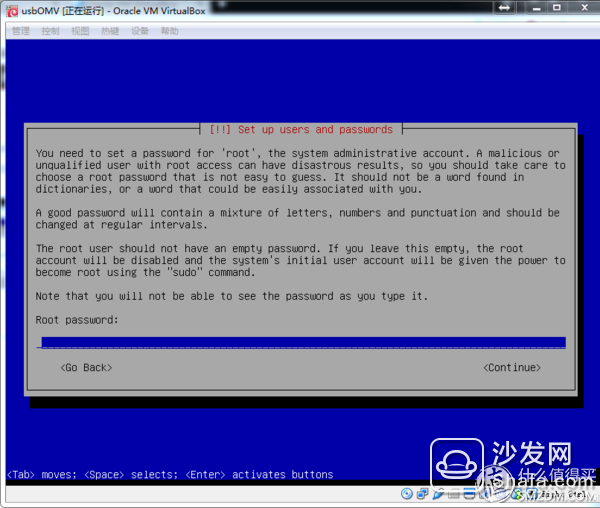
Then select the source of china when choosing debian update source to prevent the installation failure caused by kungfu wall...
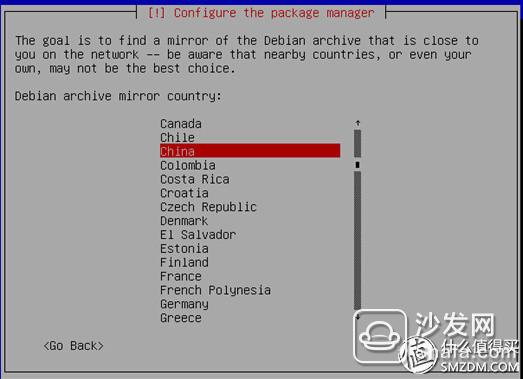
After selecting the source, the system will perform some system updates, after the update is installed GRUB...
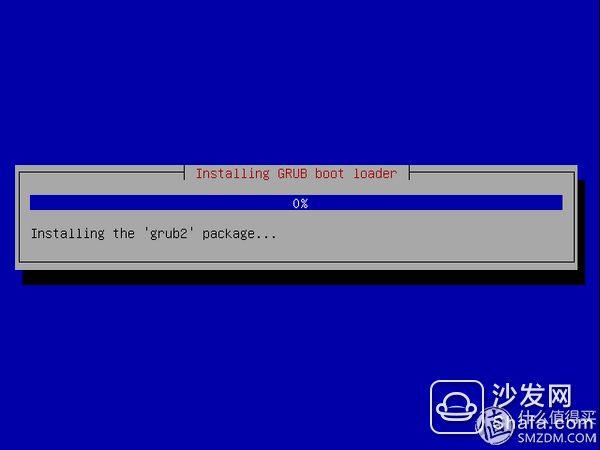
Until you see this interface, even if the installation is complete...
Sometimes it will prompt you to select the boot disk before you finish...Remember to choose your USB disk... otherwise you may not be able to start up your system. Sometimes the interface of this disk selection sometimes does not appear. It's a bit weird. .. I did not take him down.
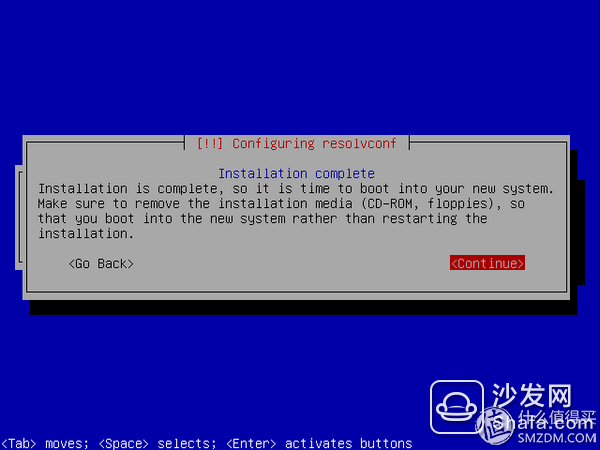
Then you can insert your U disk into the NAS, enter the BIOS settings U disk to start, and then you can enjoy playing ...
In theory, the following interface will appear after the startup is completed. The membership clearly tells you how much the IP is...

But sometimes, after starting it is no IP display ... Here is a very strange thing ... sometimes start there, sometimes not ...
Nothing to do, it's simple...
Remember our root password?
Use it to log into the command line... The account root password is set by yourself...
After logging in, use the ifconfig command to see your IP...
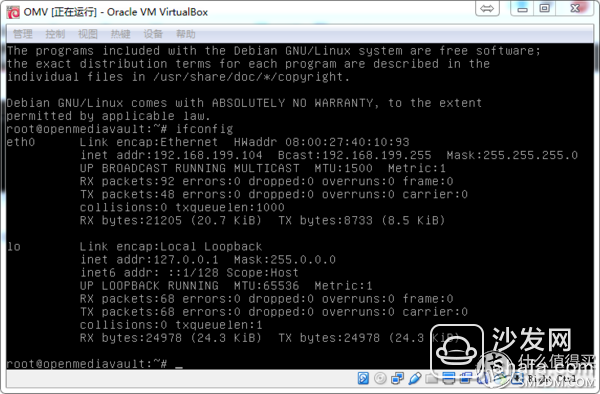
Then use the browser, open this IP to see the login screen...
OMV's default login account admin password openmediavault...
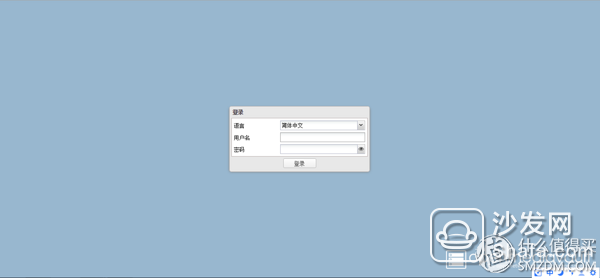
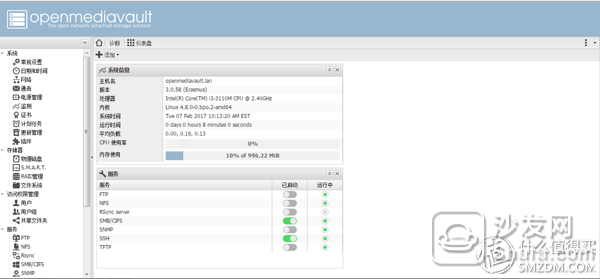
Since then all the installation is over...
The rest of the setup section, let's talk about it again... Keep writing series three...
special size speaker
1) ractangular speaker
2) oblong speaker
3) oval speaker
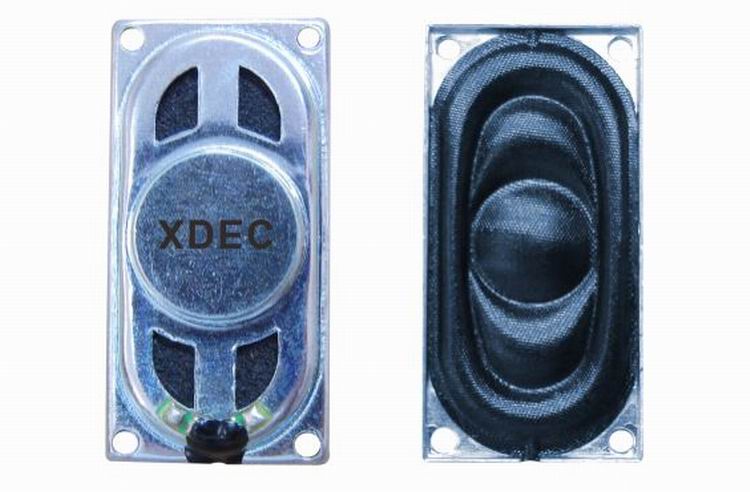
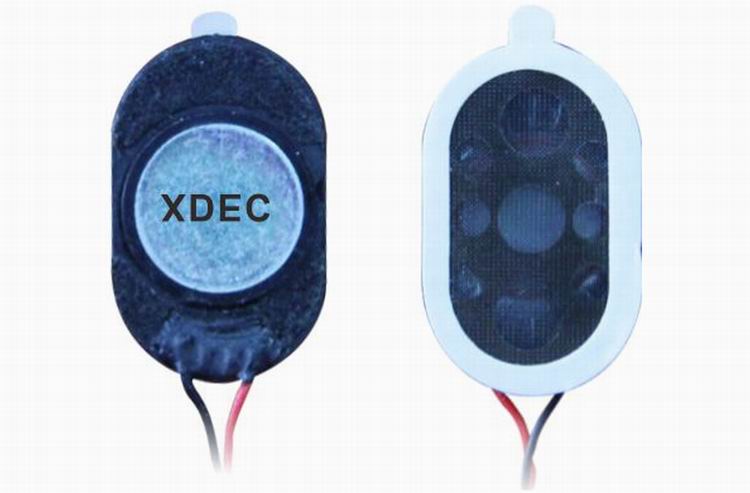
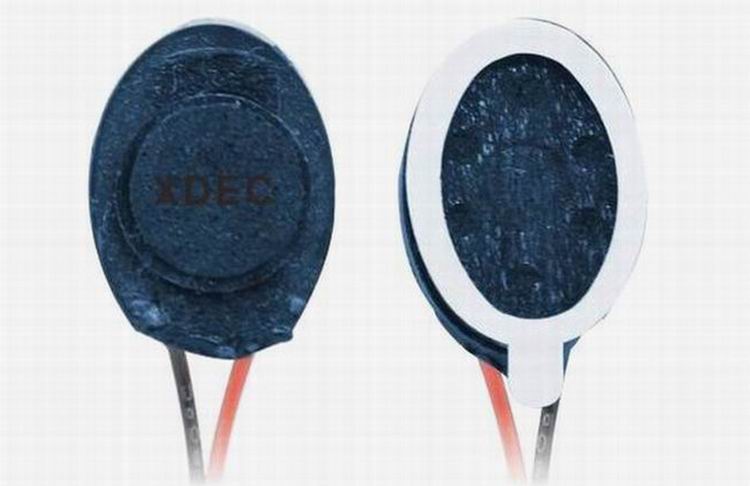
FAQ
Q1. What is the MOQ?
XDEC: 2000pcs for one model.
Q2. What is the delivery lead time?
XDEC: 15 days for normal orders, 10 days for urgent orders.
Q3. What are the payment methods?
XDEC: T/T, PayPal, Western Union, Money Gram.
Q4. Can you offer samples for testing?
XDEC: Yes, we offer free samples.
Q5. How soon can you send samples?
XDEC: We can send samples in 3-5 days.
Special Size Speaker,Ractangular Speaker,Oblong Speaker,Oval Speaker
Shenzhen Xuanda Electronics Co., Ltd. , https://www.xdecspeaker.com